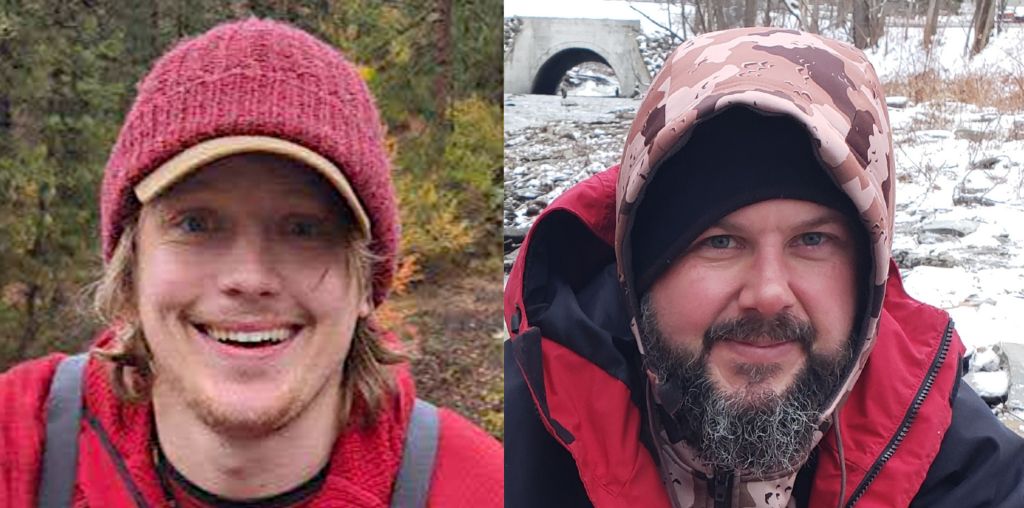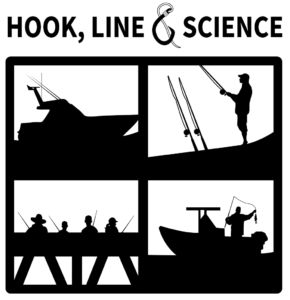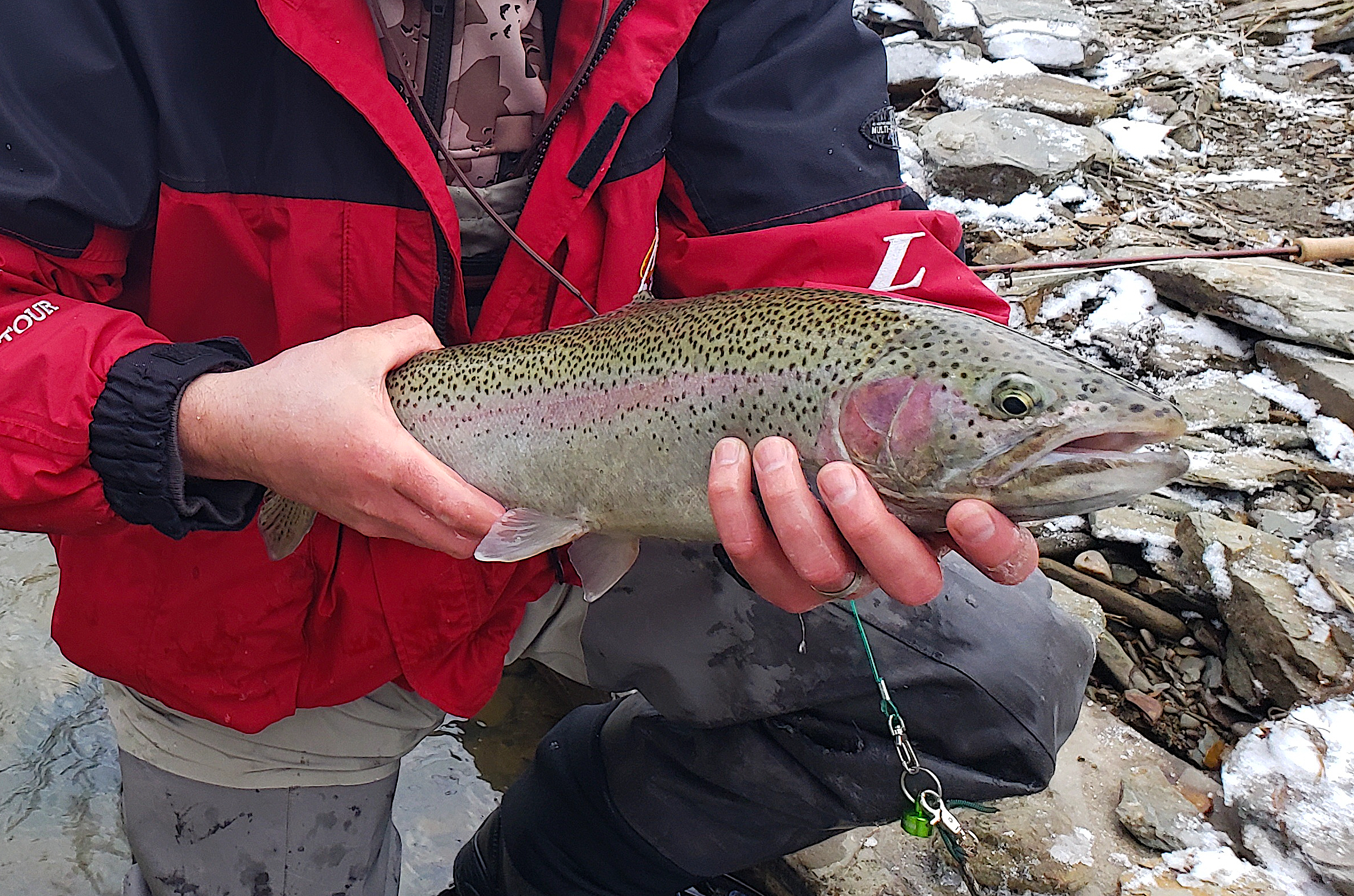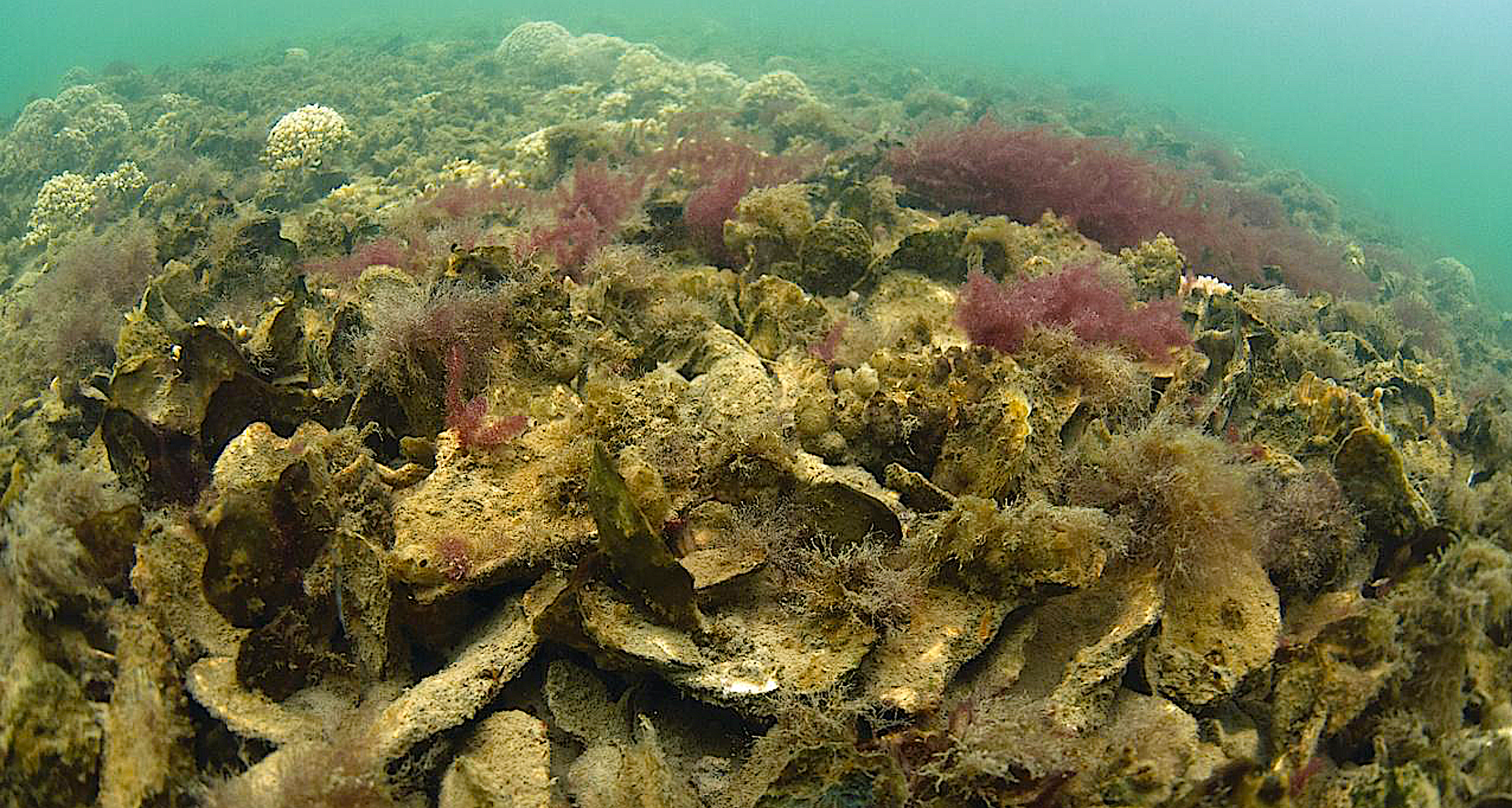Three groups of anglers with very different motivations.
Research Need
North Carolina’s Public Mountain Trout Water system (PMTW) is vast, complex, and provides a variety of angling opportunities.
When managers consider ways to improve the trout fishery, they need mental shortcuts to understand anglers and their interests. Catch characteristics are the most significant factors that contribute to anglers’ satisfaction with trips. As such, we wanted to look at catch to identify common groups of North Carolina mountain trout anglers.
Using these groups, we can explore other characteristics that make each group unique. These data can inform management and communication strategies with the trout angling public.
What did we study?
“Catch orientation” captures anglers’ attitudes about how much they catch, whether they keep it, and the size of the fish. Using data from a statewide survey, we categorized trout anglers into groups. We then explored differences and similarities among groups, such as PMTW use, motivations for angling, and experience level, to name a few.
What did we find?
We identified three unique clusters of North Carolina mountain trout anglers: “consumptive anglers,” “trophy anglers,” and “non-catch oriented anglers.”
Consumptive anglers were unique in their positive attitudes about catching many fish and keeping them, using natural bait and artificial lures, angling in streams with the least restrictive rules, and being motivated by social activity.
Trophy anglers were unique in their positive attitudes towards catching large fish and fishing for sport. Also, they prefer to fish in streams stocked with trophy fish and with catch-and-release regulations for half of the year.
Non-catch-oriented anglers were motivated by experiencing “nature,” and they preferred fishing in the most abundant and dispersed network of streams.
Anything else?
We challenge the assumption that anglers become more specialized the longer they participate in a fishery. That is, more time means using more advanced equipment and placing less importance on keeping fish.
Takeaways
Our descriptions of groups of trout anglers can inform management planning, access issues, and engagement with the public.
Our data also provides a snapshot of anglers’ reliance on different areas of PMTW, which has implications for hatchery and crowding management.
Learn more about PMTW here.
Reading
Robinson, K. W., & Rash, J. M. (2023). Using catch orientations to identify clusters of North Carolina trout anglers. North American Journal of Fisheries Management, 43, 984–1. https://doi.org/10.1002/nafm.10914.
This research was funded by the federal Sportfish Restoration Program.
BY KERRICK W. ROBINSON AND JACOB RASH.
Robinson (below, left) served as a social scientist for the North Carolina Wildlife Resources Commission from 2019 to 2021. He is now a Ph.D. student at the University of Idaho and works with the Idaho Department of Fish and Game. Rash (below, right) is Coldwater Research Coordinator for the North Carolina Wildlife Resource Commission. His management and science contribute to improving trout fisheries (including native brook trout) and angling opportunities.

The text from Hook, Line & Science is available to reprint and republish at no cost but only in its entirety and with this attribution: Hook, Line & Science, courtesy of Scott Baker and Sara Mirabilio, North Carolina Sea Grant.

- Categories:




